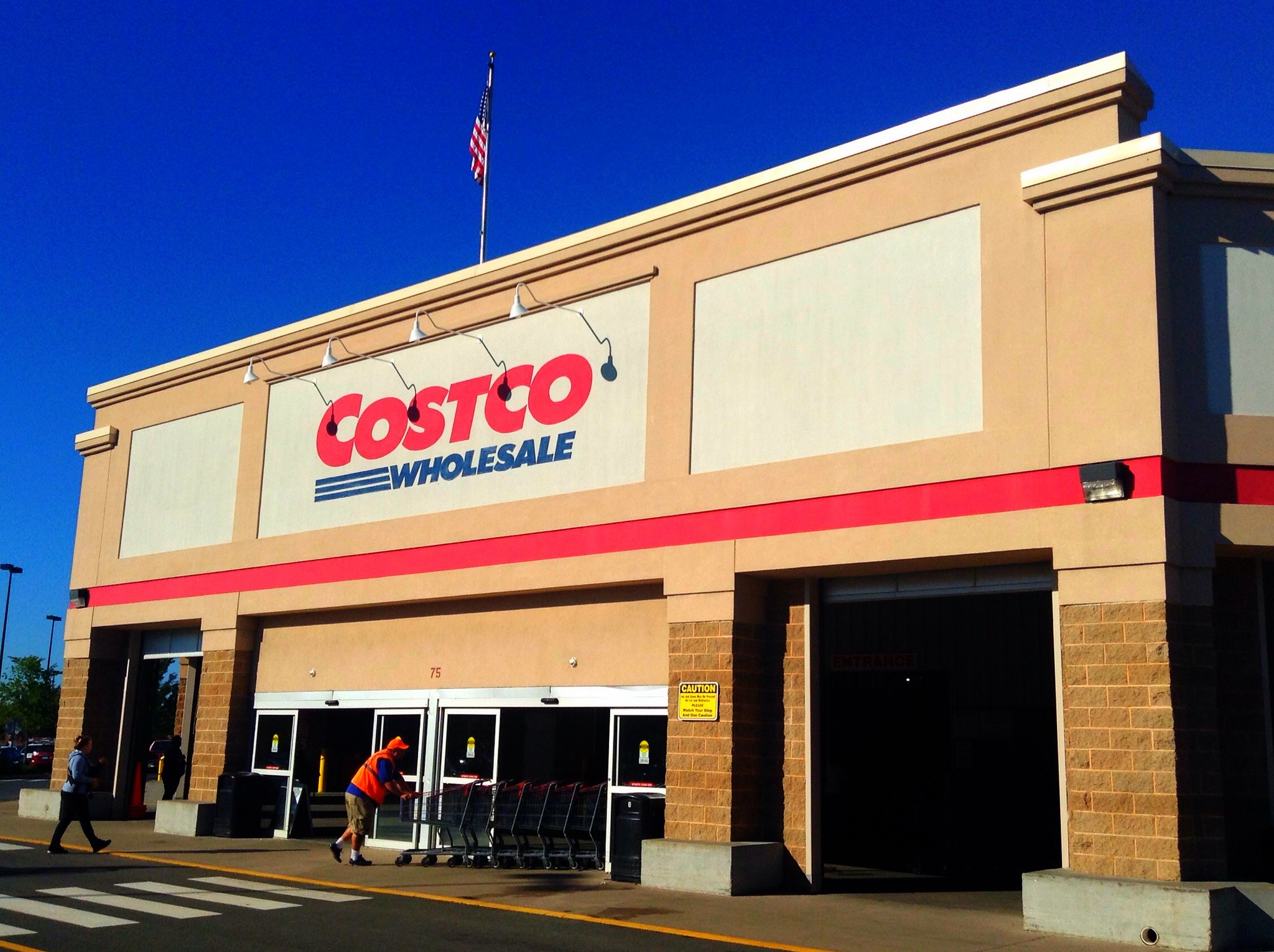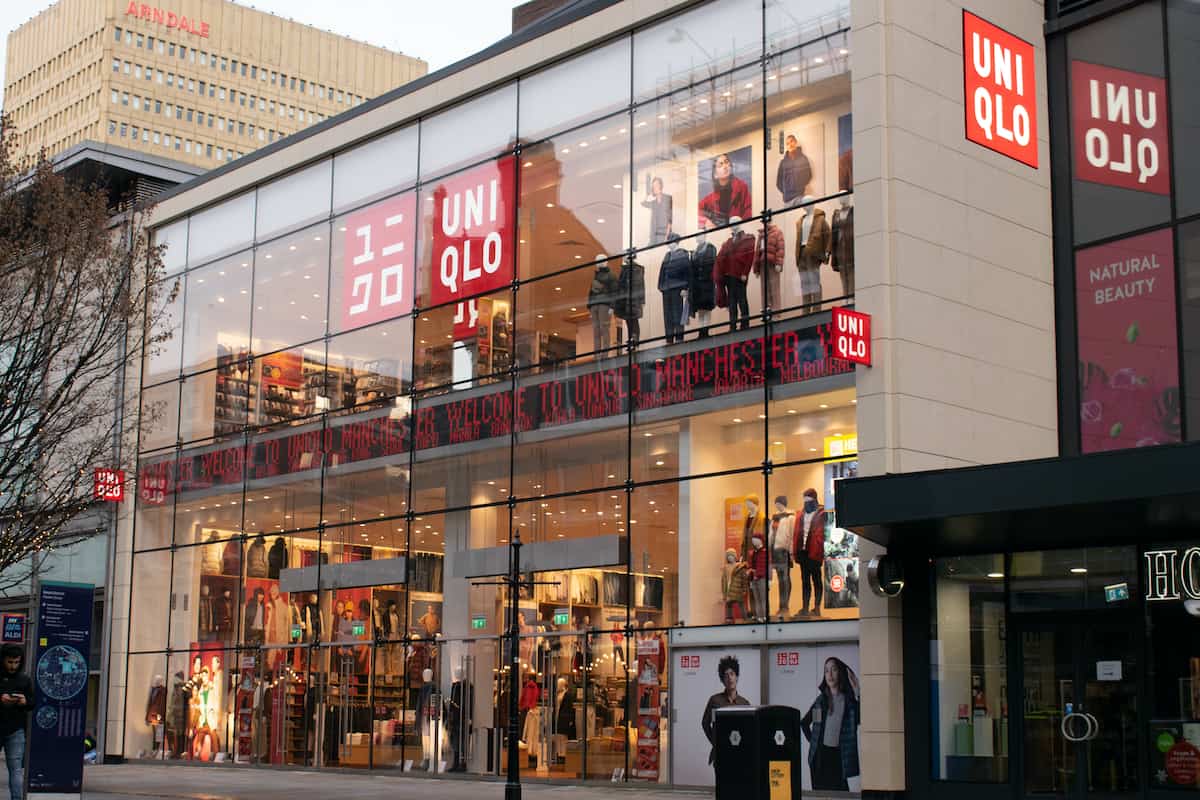The European mobile payments market will almost triple over the next five years, vaulting from €52 billion at the end of 2015 to €148 billion by 2021.
According to the latest report from Forrester, increasing consumer awareness and growing retailer interest in mobile payments provide a positive backdrop for mobile payment growth.
Growth will come from mobile in person payments and from mobile remote payments, such as purchasing via an app when the consumer isn’t physically present with the seller, says the study.
Mobile in-person payments will grow the fastest, increasing almost fivefold between 2016 and 2021, from €4.6 billion in 2016 to €22.8 billion in 2021; they will account for nearly 16% of all mobile payments in the EU-7.
The launch of European mobile payment platforms, such as BNP Paribas’ Wa! in France and PayPal’s collaboration with Vodafone Wallet to enable in-person payments in Italy, as well as the market entry of technology giants like Apple, Google, and Samsung have led to greater consumer awareness of and opportunities for mobile in-person payments.
The wide availability and uptake of contactless payments across Europe mean consumers are ready to adopt mobile payment, although their payment habits remain a hurdle to overcome. The rapid compound annual growth rate (CAGR) of 38% through 2021 reflects the higher transaction values that are possible with mobile in-person payments — device-based authorization, such as entering a pass code or using Apple’s TouchID, allows users to bypass contactless transaction limits.
For devices without this capability, the increase in contactless transaction limits will still drive growth, as mobile in-person payments can now be used for higher basket values.
Forrester also expects mobile remote payments to remain the largest mobile payment segment by some margin. They accounted for nearly three-quarters of mobile payments at the end of 2016 and will still account for two-thirds of mobile payments at the end of 2021. Mobile remote payments will grow at a healthy CAGR of 20% during the forecast period of 2016 to 2021. Why? Mobile remote payments provide real utility for retailers and customers. In-app payment buttons and online checkout buttons enable easy purchasing, without the need to enter payment details or delivery and billing options.
As a result, retailers are seeing the benefits of increased checkout conversions and are integrating more payment options into their apps and mobile-friendly websites.
Retailers are also offering more features like Starbucks’ “Order Ahead,” which allows users to bypass queues, or consumer-friendly services like click-and-collect. This blurring of online and offline retail is ideally suited to mobile devices, and we see an increasing number of people using their smartphones for online shopping. The EU’s second Payment Services Directive will enable retailers to offer customers direct-credit payment options, and we expect this to drive some growth in mobile remote payments as a result.








